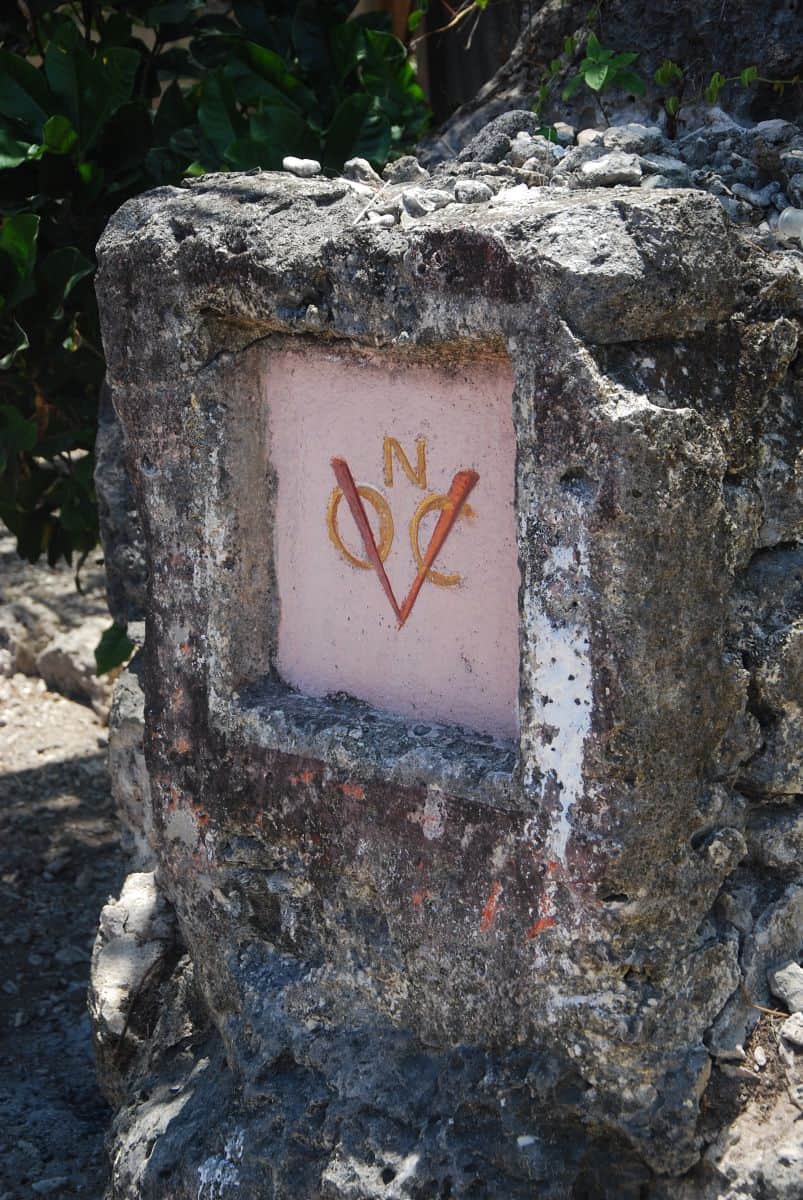Reef Conservation Agreements - Dawera
By Dr. Peter Mous, Director of the Sustainable Fisheries Program
During the conservation trips with Seven Seas in November 2020, April 2021, and November 2021, we visited various villages to see if the village administrations would be interested to engage in a conservation agreement with Yayasan Konservasi Alam Nusantara (YKAN), an Indonesia non-governmental organization. The idea is to involve villagers in conservation of the reefs nearby their village: The villagers commit to protect the reefs from fishing, in return for an annual payment or technical assistance for development of an environmentally friendly business. One of the villages we visited was Welora, in Maluku (East Indonesia). This village has become one of the candidates for development of a community-managed marine reserve.

Welora village on Dawera Island may be the nicest, most tourism-friendly, village in eastern Indonesia. Dawera is a small, green island, measuring some six km over its longest axis from northwest to southeast, with a narrow fringing reef surrounded by a deep ocean (c. 500 m deep only a stone’s throw from the shore). The island is shaped like a low, multi-layered wedding cake (Fig. 1). This layered shape is common for islands in this area. The streets of Welora village are well-kept, the houses are well-maintained, there is a beach with parasols, a visitors center, a restaurant, a marker that dates back from the era of the VOC (the Dutch East India Company), a modern statue of a triton shell, all with signposts to make sure that visitors won’t get lost (Figs. 2, 3, 4, 5). There is a path along the northeastern shore to a secluded beach, with, looking slightly out of place in this remote area, twin rubbish bins that allow for waste separation. It’s a tiny version of Kuta in Bali, but more organized and without the party atmosphere. Due to covid-19, there were no tourists at the time of our visit in November 2020, but the banners showed that district government of has high hopes for tourism in the Forgotten Islands.




The fringing reef just in front of Welora village, on the northern tip of Dawera, is an excellent dive site: A pretty coral garden on a plateau at about 15 m depth, with steep walls on either side. The plateau had a surprise for us: A small spawning aggregation (about 50 fish) of squaretail coral trout Plectropomus areolatus. This aggregation is not as spectacular as the ones on Meaterialam Atoll, but the presence of decent numbers of coral trout is a good sign, given the limited amount of habitat available on the narrow fringing reef around the island. At other times the aggregation may be smaller or larger, as formation of these spawning aggregations are seasonal and dependent on the moon phase.
We visited the site a week after full moon in November, which is right in the middle of the spawning season (October – January), but in respect to moon phase the aggregation was a couple of days after its monthly peak. The walls, festooned with gorgonians, soft corals, and barrel sponges, feature schools of fusiliers and Napoleon wrasse. Other sightings included a school of giant trevallies, and of course many species of reef fish.

We had a chat with the village head and with the secretary of the village about conservation of Welora’s reef, and the village administration was very supportive of the concept. The secretary of the village took the initiative to the next level through an impromptu ceremony complete with ratification of a statement-of-intent! Yayasan Konservasi Alam Nusantara will raise funds to protect the reefs around Dawera. The collaboration between Welora village, dive live-aboards, local government, and YKAN will ensure that the reefs around Dawera will retain their current splendour and diversity, and that reef fish populations will recover to their pristine levels.

